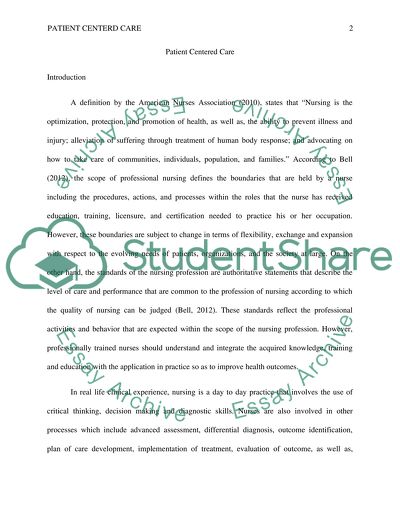Cite this document
(“Patient Centered care dealing with the mechanically ventilated patient Term Paper”, n.d.)
Retrieved from https://studentshare.org/nursing/1476486-patient-centered-care-dealing-with-the
Retrieved from https://studentshare.org/nursing/1476486-patient-centered-care-dealing-with-the
(Patient Centered Care Dealing With the Mechanically Ventilated Patient Term Paper)
https://studentshare.org/nursing/1476486-patient-centered-care-dealing-with-the.
https://studentshare.org/nursing/1476486-patient-centered-care-dealing-with-the.
“Patient Centered Care Dealing With the Mechanically Ventilated Patient Term Paper”, n.d. https://studentshare.org/nursing/1476486-patient-centered-care-dealing-with-the.


